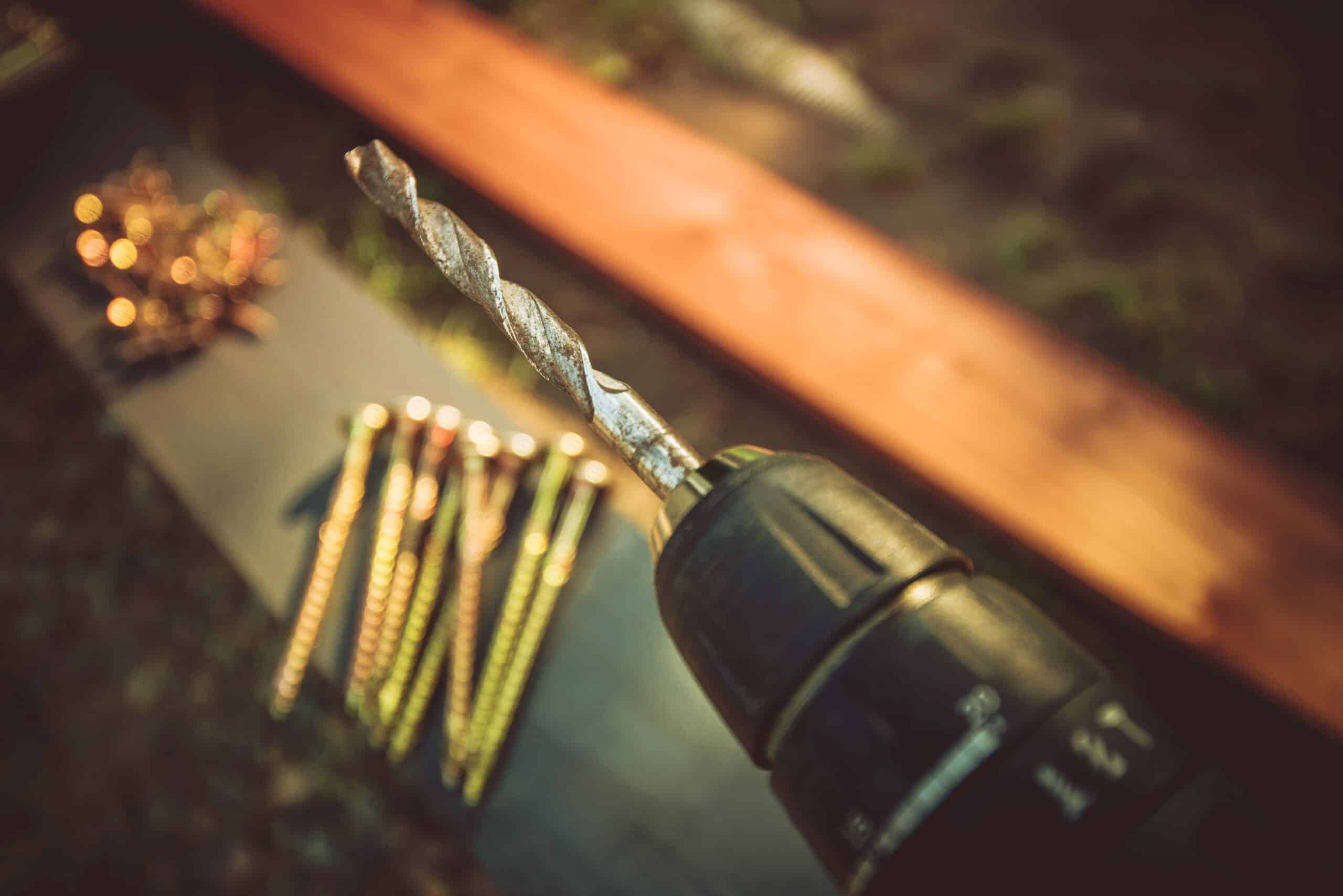How to Stop a Drill Bit from Stripping
Key Takeaways
- Choosing the right drill bit that matches the size and material of the screw is crucial in preventing stripping. It’s also important to use a high-quality drill bit.
- Applying consistent pressure while driving the screw helps to prevent stripping. Finding the right balance and maintaining steady pressure throughout the drilling process is essential.
- Matching the drill speed to the material and type of screw being used is significant in preventing stripping. Using a high speed can generate excessive heat and cause the bit to slip, while a low speed may not provide enough power.
Drilling screws into various materials is a common task for DIY enthusiasts and professionals alike. However, one frustrating problem that can occur is the stripping of drill bits. When a drill bit strips, it means that the screwdriver bit is no longer able to grip the screw properly, resulting in difficulty removing or tightening the screws. This can lead to wasted time, damaged materials, and even potential injury.
If you’ve experienced the annoyance of stripped screws and want to know how to prevent it from happening, this article will provide you with in-depth information and tips to ensure successful screw driving without stripping your drill bits.
Choose the Right Drill Bit
Using the correct drill bit for the job is crucial in preventing stripping. The size and type of drill bit you choose should match the size and material of the screw you’re using. Using a drill bit that is too small or too large can result in insufficient grip and increased chances of stripping. It’s also essential to use a drill bit made from high-quality materials that can withstand the torque and pressure applied during drilling.
Apply Consistent Pressure
Applying consistent pressure while driving the screw is important to prevent stripping. Too much pressure can cause the drill bit to slip, damaging the screw head and the bit itself. Conversely, too little pressure may not provide enough grip to properly engage the screw. It’s essential to find the right balance and maintain steady pressure throughout the drilling process.
Choose the Correct Drill Speed
The drill speed plays a significant role in preventing stripping. Using a high speed can generate excessive heat, which can weaken the screw head and cause the bit to slip. On the other hand, using a low speed may not provide enough power to drive the screw effectively. It’s important to match the drill speed to the material you’re drilling into and the type of screw you’re using.
Create Pilot Holes
Creating pilot holes before driving in the screws can greatly reduce the chances of stripping. Pilot holes serve as a guide for the screw, allowing it to enter the material smoothly and reducing resistance. Pilot holes are particularly important when working with hardwood or dense materials that are prone to splitting. Make sure to use a drill bit that is slightly smaller than the screw diameter to create an appropriately sized pilot hole.
Proper Alignment and Torque
Ensuring proper alignment between the drill bit and the screw head is crucial to prevent stripping. Position the drill bit at the center of the screw head and hold the drill straight and steady. This will help the bit to engage the screw properly and minimize the risk of slipping or cam-out. Additionally, using a drill with adjustable torque settings can help prevent overtightening, which can lead to stripping.
Additional Tips
Here are some additional tips to further prevent drill bit stripping:
- Use a magnetic screwdriver or bit holder to keep the screw securely in place during drilling.
- Consider using screws with square or star drives, as they have a lower tendency to strip the bit.
- Regularly inspect your drill bits for signs of wear and tear and replace them as needed.
- Apply lubrication, such as Vaseline or beeswax, to reduce friction and make driving the screw easier.
- If a screw is already stripped, use the drill in reverse or use pliers/screw extractor tools to remove it.
By following these tips and best practices, you can significantly reduce the chances of drill bit stripping and ensure successful screw driving.
Related Websites:
FAQs:
Q: What is drill bit stripping and why is it important to prevent?
Drill bit stripping occurs when the bit is unable to grip the material being drilled, resulting in inefficient and ineffective drilling. It is important to prevent stripping as it ensures smoother and more precise drilling, saving time and effort.
Q: What are the common causes of drill bit stripping?
The common causes of drill bit stripping include using an incorrect drill bit size or type for the material being drilled, applying excessive speed or force during drilling, and using poor quality or worn-out drill bits.
Q: How do I select the right drill bit for my project?
Selecting the right drill bit is crucial for preventing stripping. Consider the specific material you are drilling and choose a drill bit suitable for that material. There are various types of drill bits available, each designed for specific uses. Make sure to choose the appropriate size and material for your application.
Q: What are some maintenance practices to avoid drill bit stripping?
Proper maintenance of drill bits is essential for prolonged use and preventing stripping. Regularly inspect and clean your drill bits, sharpen or replace dull or damaged ones, and store them properly to prevent rust or damage.
Q: What techniques can I use to prevent drill bit stripping?
To prevent drill bit stripping, ensure you are using the correct drilling technique. Apply moderate and consistent pressure while drilling, use the appropriate speed setting for the material, keep the drill bit perpendicular to the surface being drilled, and consider using pilot holes for harder or fragile materials.





